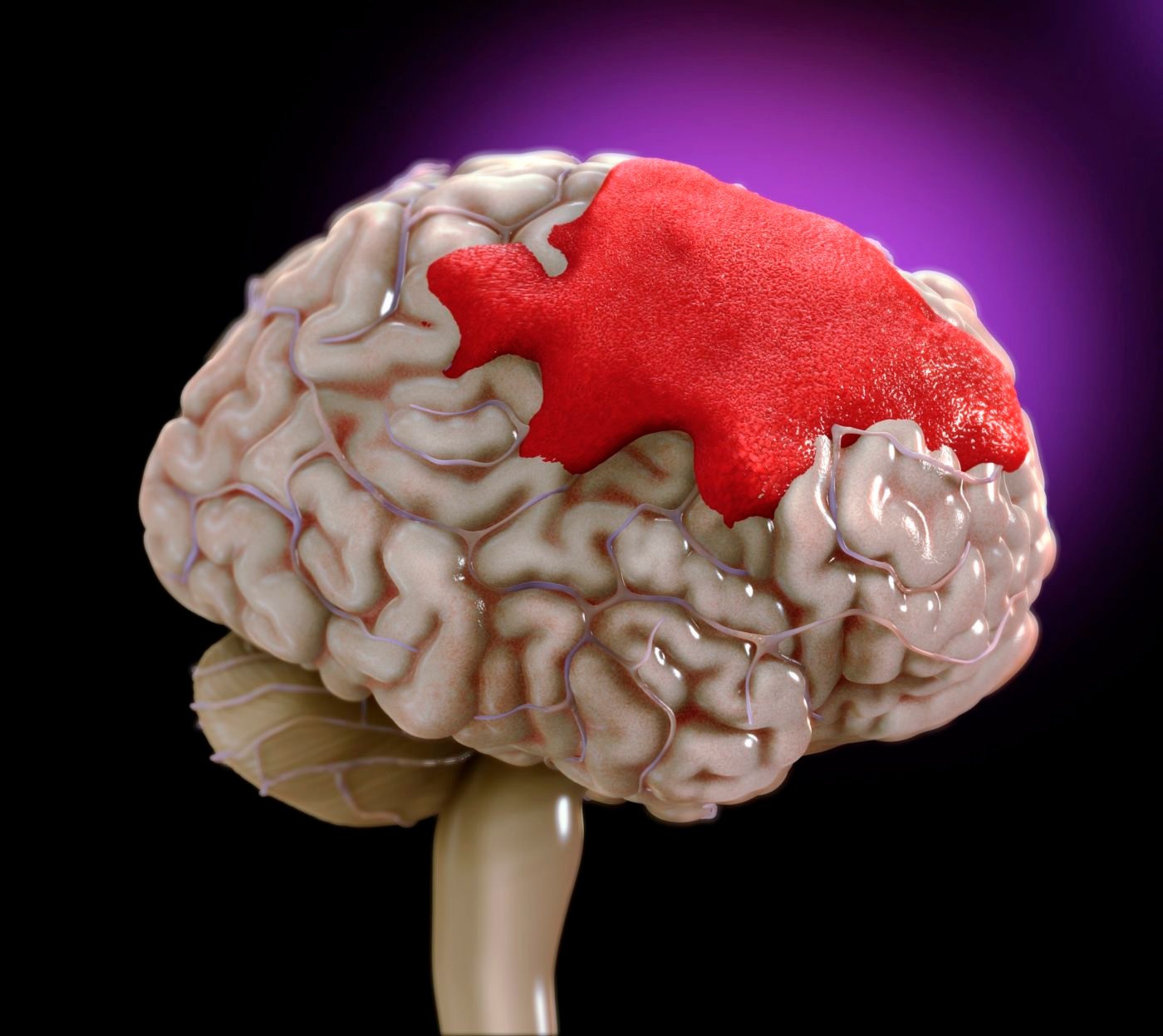Dr. Dilip S. Kiyawat, Leading Spine & Neurosurgeon in the Field of BRAIN TUMOR SURGERY
BRAIN TUMOR SURGERY
Brain tumours are abnormal growths of cells within the brain or the surrounding structures.
They can be benign (non-cancerous) or malignant (cancerous) and can affect people of all
ages. Primary brain tumors are tumors that originate in the brain itself, as opposed to
secondary tumors that spread to the brain from other parts of the body. Various types of
primary brain tumors are:
1. Gliomas:
Glioblastoma multiforme (GBM)
Astrocytoma
Oligodendroglioma
Ependymoma
2. Meningiomas: These tumors originate in the meninges, the membranes that
surround the brain and spinal cord.
3. Pituitary adenomas: Tumors that develop in the pituitary gland, which is located at
the base of the brain.
4. Medulloblastoma: A type of tumor that typically occurs in the cerebellum, often in
children.
5. Schwannomas: Tumors that develop from Schwann cells and are typically found on
the nerves.
6. Craniopharyngiomas: These tumors are usually located near the pituitary gland and
affect the endocrine and neurological systems.
7. Pineal gland tumors: Tumors that develop in or near the pineal gland, which is
responsible for regulating sleep and wake cycles.
8. Ependymomas: These tumors occur in the lining of the ventricles in the brain and the
central canal of the spinal cord.
9. Hemangioblastomas: Tumors that are often associated with von Hippel-Lindau
disease and typically occur in the cerebellum or spinal cord.
10. Chordomas: Tumors that usually develop at the base of the skull or along the spine.
Investigations
The presence of a brain tumour is confirmed by MRI. The tumour is well- demarcated on MRI images, it also shows the extent, and involvement of surrounding brain tissues and the pressure it is causing on other parts of the brain. It helps in planning a safe and short trajectory to approach the tumour.
Symptoms
Brain tumours may remain asymptomatic for a long time. Common manifestations include headaches, vomiting, diminished or double vision, imbalance, seizures, weakness in limbs, and cognitive deficits.
Treatment
The primary treatment for many brain tumors involves surgical removal. The surgeon aims to remove as much of the tumor as possible while avoiding damage to healthy brain tissue.
Rehabilitation
Emotional and psychological support can be crucial for both patients and their families.
Neurosurgical procedures to approach the
Brain tumor
Craniotomy
In craniotomy, a bone flap is temporarily removed to locate and remove the tumour Once the tumour is removed, the bone flap is reattached with plates and screws. It is the most common procedure for brain tumour surgery.
Endoscopic Surgery
This minimally invasive procedure involves the use of an endoscope, a small, flexible or stiff tube with a camera and light source, to access and remove the tumour through small opening similar to a burrhole.
Stereotactic radiosurgery
based procedures including Gamma Knife and Cyber-Knife, which use focused radiation beams to target the tumour without making an incision. They are often used for small tumours, leftover tumours from previous surgery, recurrence of tumours or tumours in hard-to-reach areas.
Burr hole
A small (18-20 mm) trephine hole is made in the skull to access a brain cyst, an abscess or haematoma which are aspirated with the help of a syringe.
Stereotactic surgery
In this, a trajectory for the tumour is calculated in 3 dimensions and is approached through a burr hole. A small biopsy forceps reaches the centre of tumour to collect sample of the tumour This is particularly useful for biopsy of deep seated lesions which can’t be approached by craniotomy. This is also useful for aspirating cyst fluid, haematoma and abscess.
Recovery after brain tumour surgery
is usually rapid. The patient comes out of the operation theatre in a conscious state. But it may vary depending upon the location of tumour, ease of tumour removal or adherence of tumour to the brain and nerves in the surrounding. Patients are usually discharged in 5-7 days.
Complications encountered during brain tumor surgery
Infection
There is a risk of surgical site infection, which can lead to complications like meningitis.
Bleeding
Excessive bleeding during surgery or in the post-operative course could be life- threatening. This may need re-operation to remove the blood clot.
Neurological Deficits
Surgery can lead to temporary or sometimes permanent neurological deficits, depending on the tumour's location and difficulty in resection of the tumour.
Swelling
Brain swelling can occur during or after surgery, requiring management with medications.
Seizures
Surgery can lead to postoperative seizures, which are usually managed with antiepileptic medications.
The outcome after brain tumour surgery
The outcome After surgery is generally good. The patient wakes up immediately after the surgery, is given something to eat on the same day, starts walking the next day and is discharged in 5 to 7 days. Certain patients deviate from the expected favourable course due to various factors such as tumour type, its location, adherence to the adjacent brain and the extent of resection. Some patients may require additional treatments like radiation therapy and chemotherapy in case of malignant tumours.
Case 1st

BRAIN TUMOR Before SURGERY

CT Scan After SURGERY
Case 2

Bulging eye due to thyroid metastasis behind the eye

Tumour behind the eye due to Metastasis from the thyroid gland

Post Operative Images after removal of metastasis







